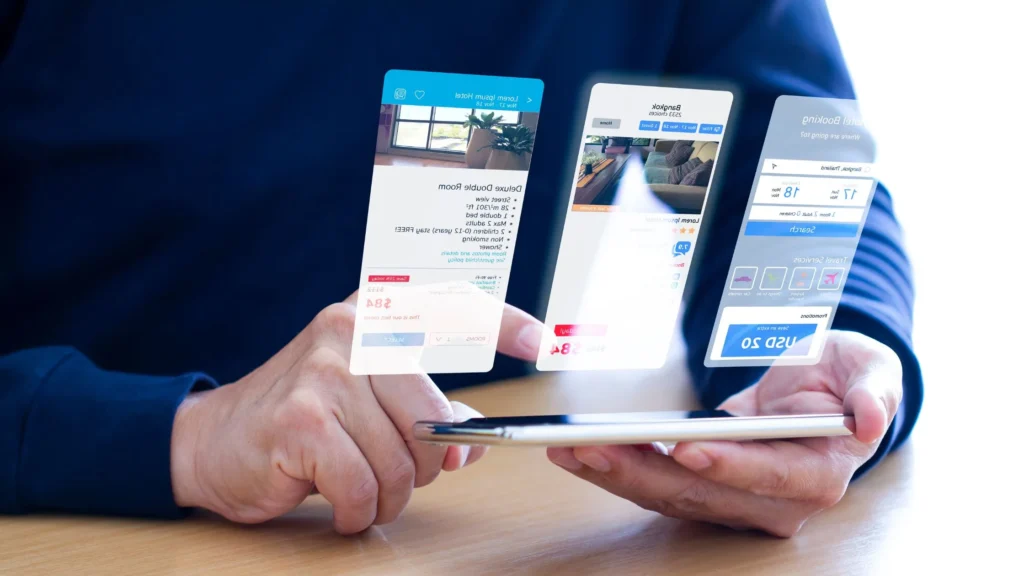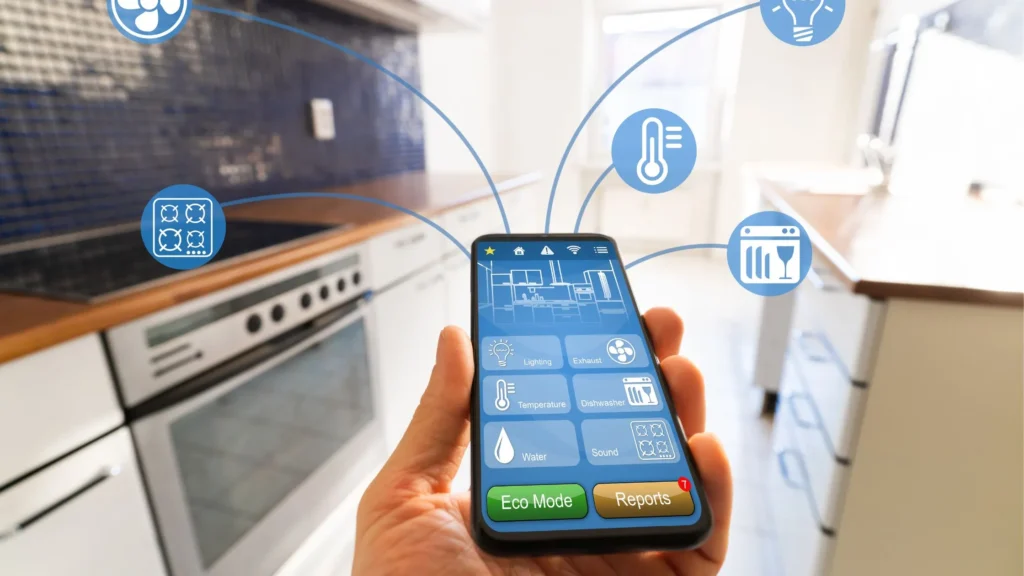Here’s how to create a flow in Microsoft Power Automate
Are you looking to create a flow and automate repetitive tasks in your organization?
Look no further than Microsoft Power Automate! With this cloud-based service, you can create automated workflows between your favorite apps and services.
So let me walk you through the process of creating a flow in Microsoft Power Automate step by step.

Let’s create a flow in Microsoft Power Automate.
Microsoft Power Automate, formerly known as Microsoft Flow, is a robust cloud-based service that allows you to automate workflows between your favorite apps and services.
With Power Automate, you can automate repetitive tasks, streamline your workflow, and save time and resources for your organization.
Creating a flow in Microsoft Power Automate is a straightforward process. So here are the steps to follow:
- Log in to your Microsoft Power Automate account.
- Click on “My flows” on the left navigation pane.
- Click on “Create” in the top right corner of the screen.
- Select the type of flow you want to create. You can choose from “Instant flow,” “Scheduled flow,” or “Automated flow.”
- Choose the app or service you want to connect with Power Automate.
- Follow the prompts to configure your flow.
- Test your flow to make sure it works as intended.
- Save your flow.
Congratulations, you have successfully created a flow in Microsoft Power Automate!
How to create a flow in Microsoft Power Automate using a template
If you’re new to Power Automate or unsure where to start, you can create a flow using a template. Here’s how:
- Log in to your Microsoft Power Automate account.
- Click on “Templates” on the left navigation pane.
- Search for a template that suits your needs.
- Select the template and click on “Use this template.”
- Follow the prompts to configure your flow.
- Test your flow to make sure it works as intended.
- Save your flow.
Creating a template flow can save you time and effort, especially if you’re unfamiliar with Power Automate.
How to create a flow in Microsoft Power Automate using connectors
Power Automate has various connectors that allow you to connect with different apps and services. Here’s how to make a flow using connectors:
- Log in to your Microsoft Power Automate account.
- Click on “My flows” on the left navigation pane.
- Click on “Create” in the top right corner of the screen.
- Select the type of flow you want to create.
- Choose the app or service you want to connect with Power Automate.
- Follow the prompts to configure your flow.
- Select the connector you wish to use.
- Follow the prompts to configure your connector.
- Test your flow to make sure it works as intended.
- Save your flow.

What are some everyday use cases for Power Automate?
Power Automate allows you to create workflows that automate tasks across different applications and services.
The workflows are created using a simple drag-and-drop interface, making it easy to design and build custom workflows without any coding experience.
Workflows in Power Automate consist of two main components: triggers and actions.
Triggers are events that start the workflow, such as a new email arriving in your inbox or a new file being added to a folder. Actions are the workflow’s steps in response to the trigger, such as sending an email or creating a new task in a project management tool.
So here are some of the most common use cases of Microsoft Power Automate;
- Streamlining Business Processes
- Automating Repetitive Tasks
- Integrating Multiple Apps and Services
- Managing Data and Notifications
- Creating Custom Workflows
Can I Create Flows That Integrate with Custom Apps or Services?
As businesses grow, they often find that their existing software solutions can’t meet their specific needs.
This leads them to invest in custom apps or services. However, integrating these new tools into existing workflows can be challenging, especially if the apps don’t have pre-built integrations. Fortunately, Microsoft Power Automate offers a solution.
Power Automate provides a range of templates and pre-built connectors to make the process easier when creating flows.
However, suppose you’re integrating with a custom app or service unavailable in the pre-built connectors.
In that case, you can still create a flow that integrates with it by using custom APIs.
- Create a Custom API
- Create a Flow
- Map Data
- Test and Refine
Can I share my flows with others in my organization?
Yes, you can share your flows with others in your organization. Many workflow management platforms have features that allow you to share your flows with specific team members or groups within your organization.
As organizations grow and become more complex, it is essential to have a streamlined process for sharing information and collaborating with team members.
Can I create a flow that runs on a schedule?
Yes, Power Automate allows you to create scheduled flows that run at specified times and intervals.
One of the most common ways to automate tasks is to create a flow that runs on a schedule.
To create a flow that runs on a schedule, you will need to follow these steps:
- Identify the task
- Choose a tool
- Create the flow
- Set the schedule
You’re done!
Start creating your flows today and see how much time you can save!
Benefits of Creating Flows in Microsoft Power Automate
This tool provides its users with a wide range of benefits, making it an essential tool for businesses and individuals.
So here are some benefits of creating flows in Microsoft Power Automate;
- Improved Efficiency – Creating flows in Microsoft Power Automate can significantly improve efficiency by automating repetitive tasks.
- Integration with Multiple Apps and Services – Microsoft Power Automate integrates with hundreds of apps and services, allowing you to automate tasks across different platforms.
- Cost-Effective Solution – Microsoft Power Automate is a cost-effective solution for automating tasks.
- Enhanced Data Security – Data security is a crucial aspect of any organization, and Microsoft Power Automate ensures that your data remains secure.
- Simplified Workflows – This simplifies the workflow creation process and eliminates the need for complex programming. Users without programming experience can create complex workflows using Microsoft Power Automate.
- Increased Productivity – With workflows created to automate repetitive tasks, you can focus on more critical tasks, such as decision-making and strategy development.
- Customizable Workflows – You can create custom workflows that automate tasks unique to your organization, ensuring that you can automate your business processes exactly how you want them.
- Real-Time Alerts and Notifications – You can create workflows that send email notifications, SMS alerts, or push notifications to your mobile device, ensuring you are always updated on the latest developments.
- Better Collaboration – You can create workflows that automate tasks across different teams and departments, ensuring everyone is on the same page.












Pingback: Here’s how to use Microsoft Power Automate for Customer Support